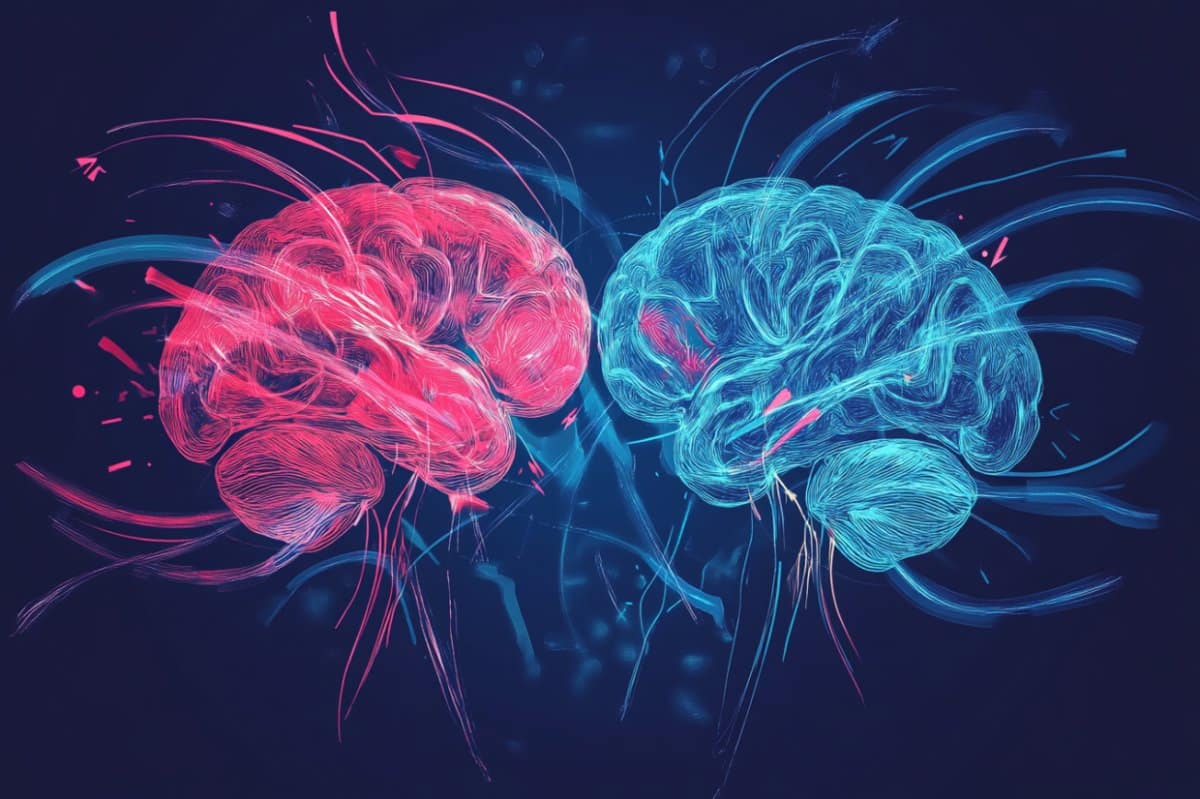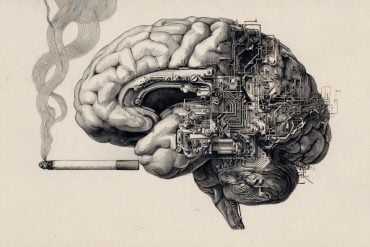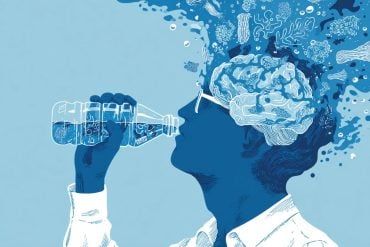Summary: New research shows that damage to specific regions of the medial prefrontal cortex (mPFC) increases both impulsivity and susceptibility to the impulsive behavior of others. Participants with mPFC lesions were more likely to choose immediate rewards and to be influenced by others who made impulsive decisions.
Distinct regions of the mPFC were found to separately govern general impulsivity and susceptibility to social influence. These findings offer new insight into how brain damage affects decision-making and could have implications for understanding misinformation and financial choices.
Key Facts:
- Increased Impulsivity: Damage to the ventromedial prefrontal cortex leads to more impulsive decisions.
- Greater Social Influence: Damage to the dorsomedial prefrontal cortex increases susceptibility to others’ impulsive behavior.
- Broader Implications: Findings help explain how brain structure affects vulnerability to outside influence and decision-making.
Source: University of Birmingham
People who have damage to a specific part of their brains are more likely to be impulsive, and new research has found that damage also makes them more likely to be influenced by other people.
In a new study published in PLOS Biology, a research team found that damage to distinct parts of the medial prefrontal cortex (mPFC) were linked to being influenced by impulsive decision making by others, while another region was causally linked with choosing a smaller reward earlier rather than waiting for a larger prize.

The team from the University of Birmingham, University of Oxford and Julius-Maximilians-University Würzburg worked with participants with brain damage to assess whether they were more likely to be influenced by other people’s preferences.
The team worked with 121 participants, with 33 having focal damage to the mPFC, 17 with lesions elsewhere on the brain and 71 participants who had no brain damage but were of the same age.
The researchers showed participants a series of choices to test how impulsive people were in general. They were then presented with the same choices and shown what other people would pick, some of these people made very impulsive choices and some people made more patient choices.
Those participants with mPFC damage were more impulsive in general. The team were also surprised to find that those participants were also more likely to be influenced by other people who were impulsive, much more so than people who behaved patiently.
Professor Patricia Lockwood from the University of Birmingham and senior corresponding author of the study said:
“The results are important as every day we learn about what other people want, and this impacts on our own preferences for what we want. We used an experiment where we could look at whether it was when people behaved more impulsively, or if they were restrained, that social influence occurs.
“We find it is specifically a part of the brain that if its damaged makes you more influenced by others who behave impulsively, not when they behave in a way that is more restrained.
“We also find brain damage to a different part makes you more impulsive in general, even before you have been influenced by someone else.
“Together, our study shows that being influenced by others has a specific neural basis which could have implications for everything from how we understand misinformation and how other people can change our own financial preferences.”
Patience
The team also used a combination of mathematical modelling and existing brain scans to map the size and location of lesions in the medial prefrontal cortex. The results suggest that specific impulsive influences are driven by the different regions of the mPFC.
Lesions in the dorsomedial section, which sits towards the top of the prefrontal cortex (PFC) were shown to have had the most significant impact on the social influence on impulsivity.
Meanwhile, lesions on the ventromedial section lower down in the PFC were found to have a greater impact on being impulsive in general, before social influence.
Zhilin Su from the University of Birmingham and a lead author of the study said:
“We were able to work with a large sample of participants with an uncommonly specific damage to the medial prefrontal cortex. This gave us an opportunity to very specifically look at whether this damage might affect how influenced people are by others.
“We found that after damage people could still learn about other people’s preferences, but they were also much more influenced by them.”
About this TBI and impulsivity research news
Author: Tim Mayo
Source: University of Birmingham
Contact: Tim Mayo – University of Birmingham
Image: The image is credited to Neuroscience News
Original Research: Open access.
“Dorsomedial and ventromedial prefrontal cortex lesions differentially impact social influence and temporal discounting” by Patricia Lockwood et al. PLOS Biology
Abstract
Dorsomedial and ventromedial prefrontal cortex lesions differentially impact social influence and temporal discounting
The medial prefrontal cortex (mPFC) has long been associated with economic and social decision-making in neuroimaging studies.
Several debates question whether different ventral mPFC (vmPFC) and dorsal mPFC (dmPFC) regions have specific functions or whether there is a gradient supporting social and nonsocial cognition.
Here, we tested an unusually large sample of rare participants with focal damage to the mPFC (N = 33), individuals with lesions elsewhere (N = 17), and healthy controls (N = 71) (total N = 121).
Participants completed a temporal discounting task to estimate their baseline discounting preferences before learning the preferences of two other people, one who was more temporally impulsive and one more patient.
We used Bayesian computational models to estimate baseline discounting and susceptibility to social influence after learning others’ economic preferences.
mPFC damage increased susceptibility to impulsive social influence compared to healthy controls and increased overall susceptibility to social influence compared to those with lesions elsewhere.
Importantly, voxel-based lesion-symptom mapping (VLSM) of computational parameters showed that this heightened susceptibility to social influence was attributed specifically to damage to the dmPFC (area 9; permutation-based threshold-free cluster enhancement (TFCE) p < 0.025).
In contrast, lesions in the vmPFC (areas 13 and 25) and ventral striatum were associated with a preference for seeking more immediate rewards (permutation-based TFCE p < 0.05).
We show that the dmPFC is causally implicated in susceptibility to social influence, with distinct ventral portions of mPFC involved in temporal discounting. These findings provide causal eviden






